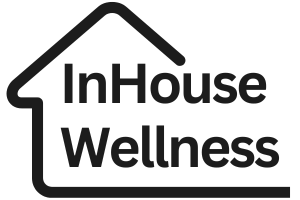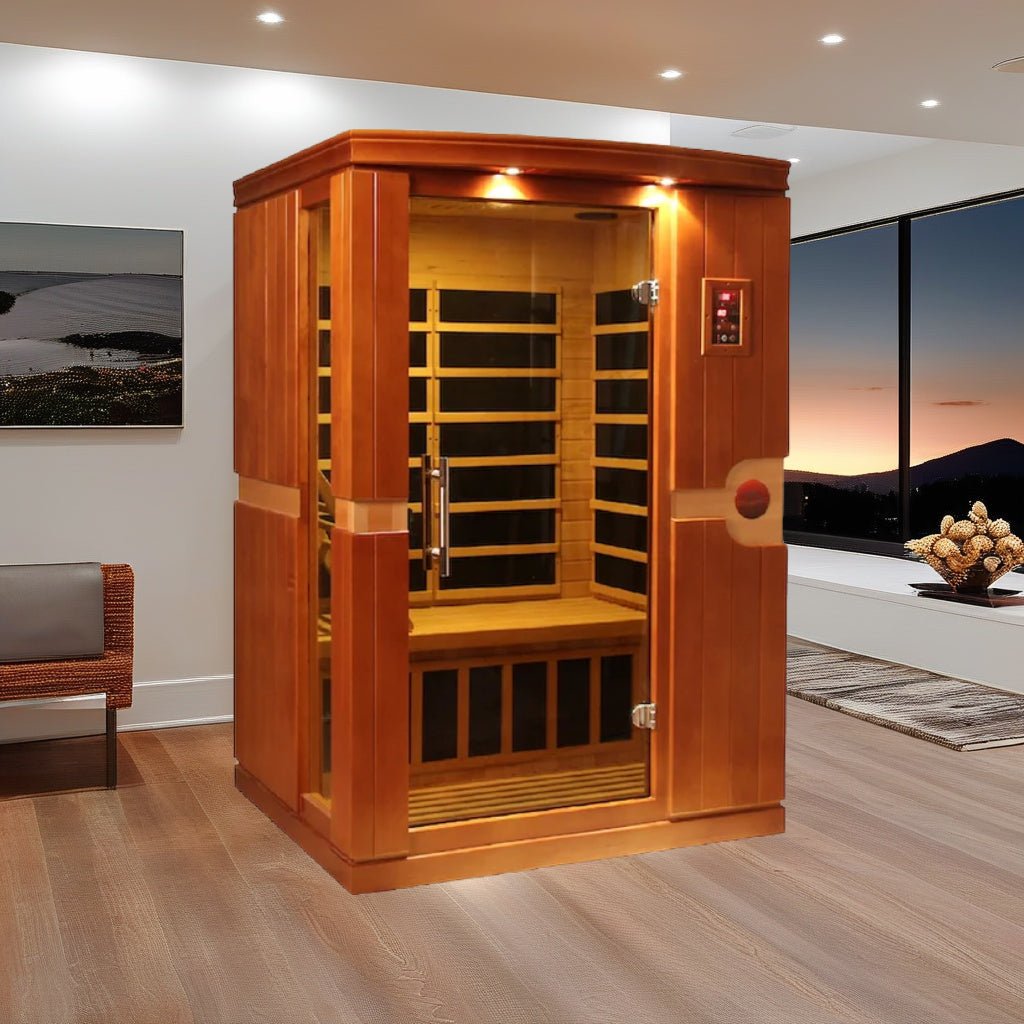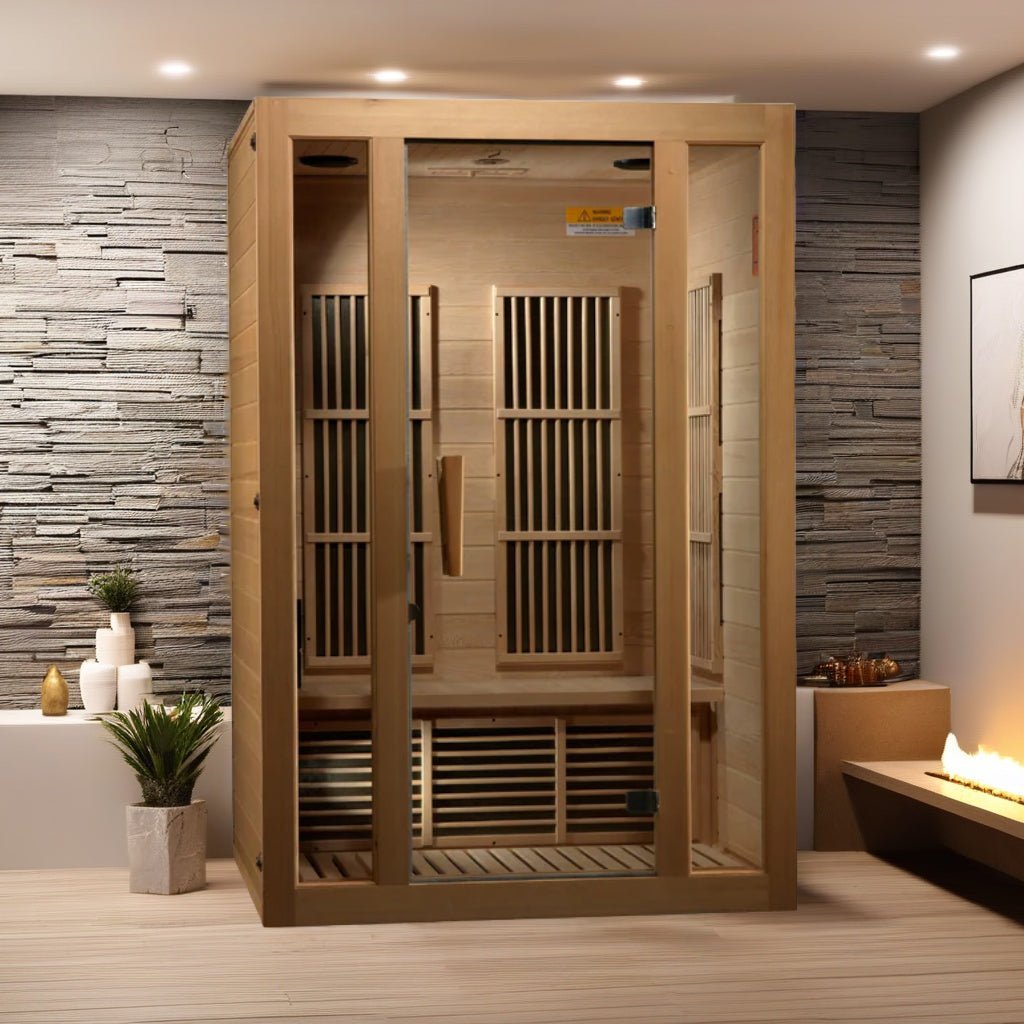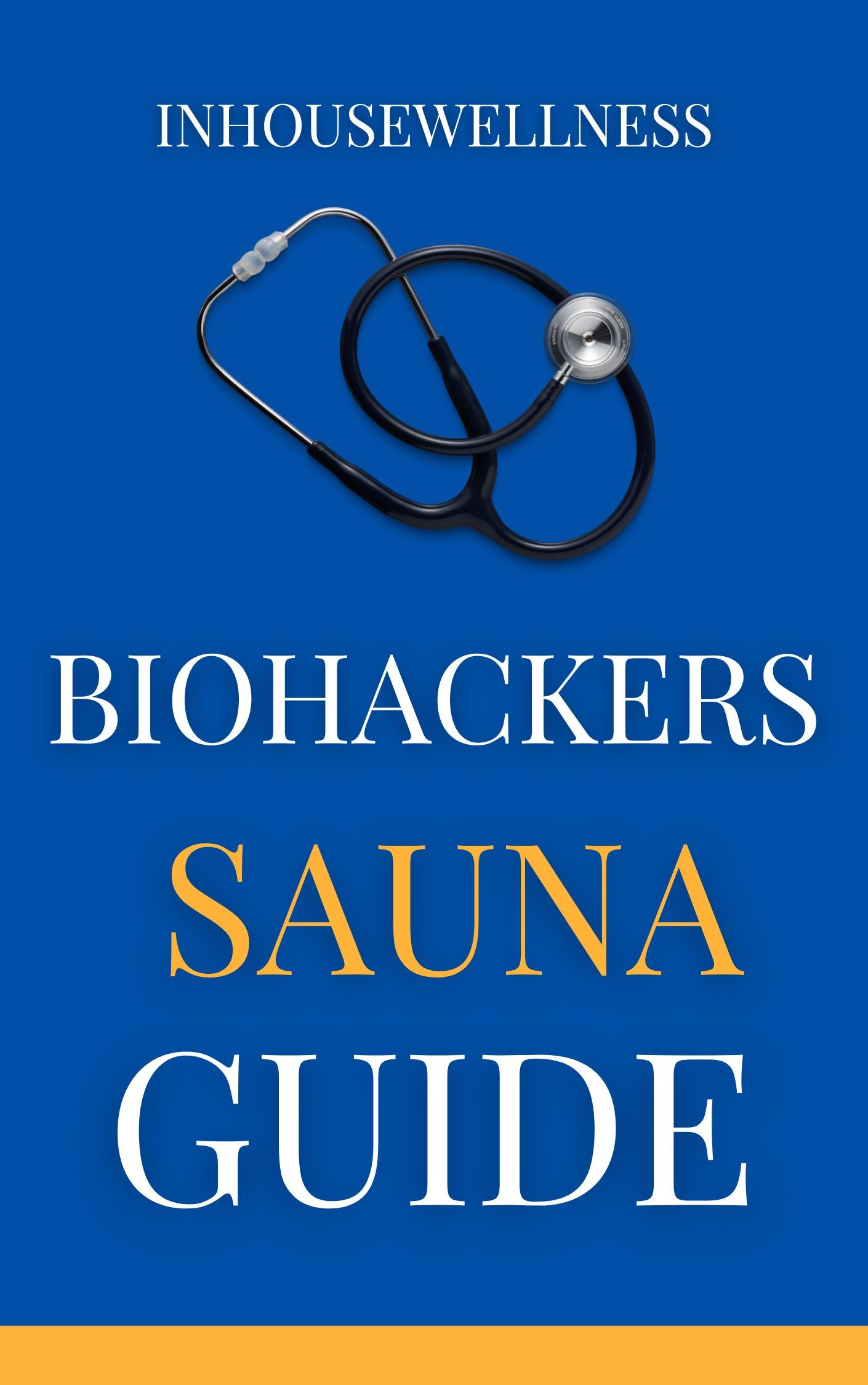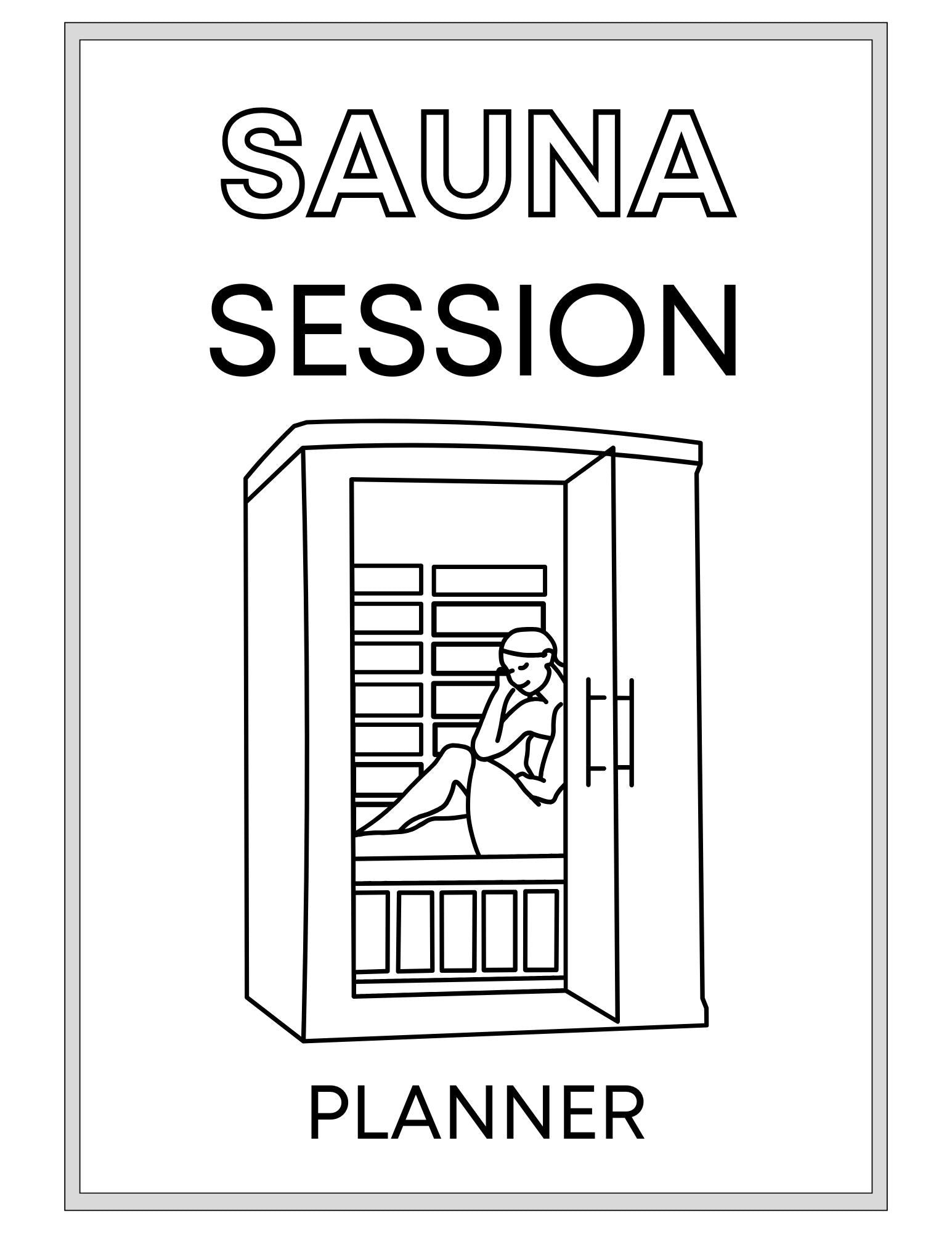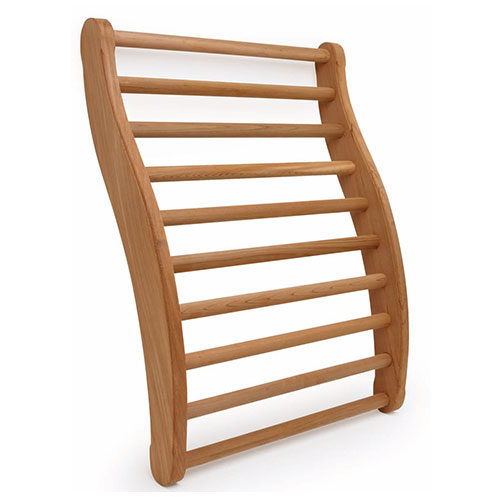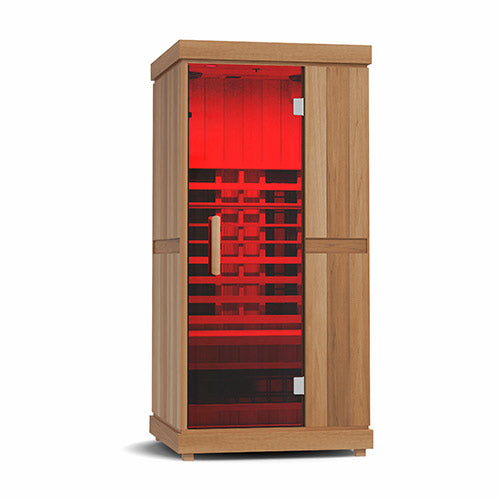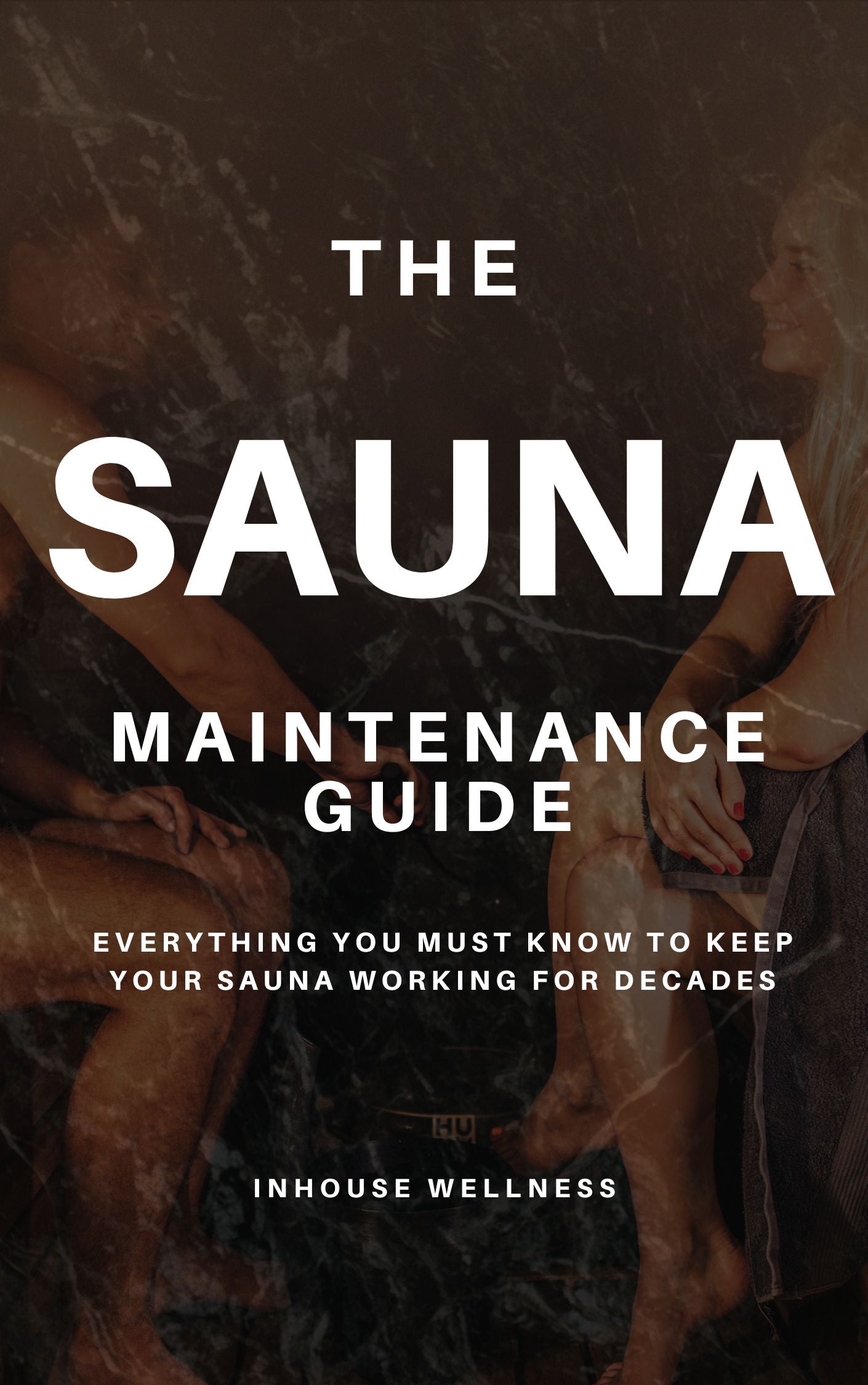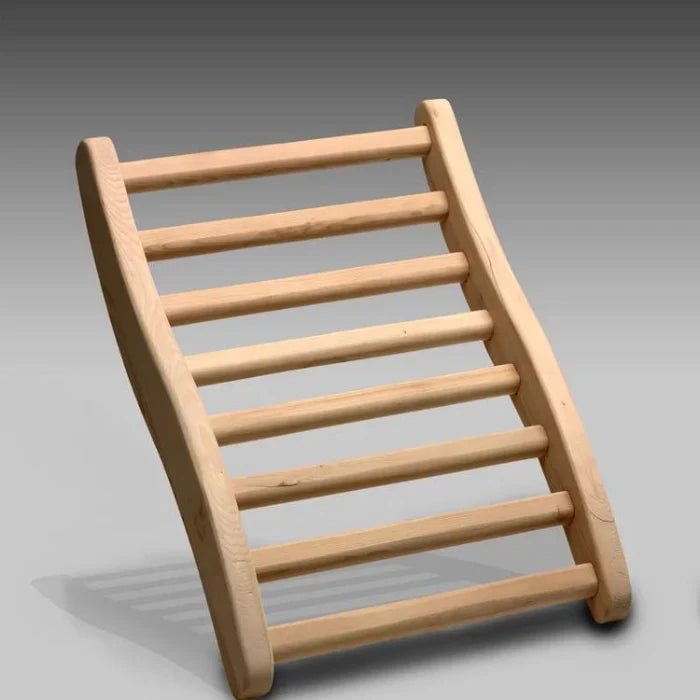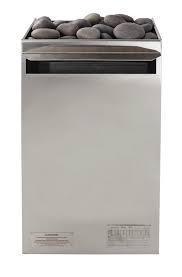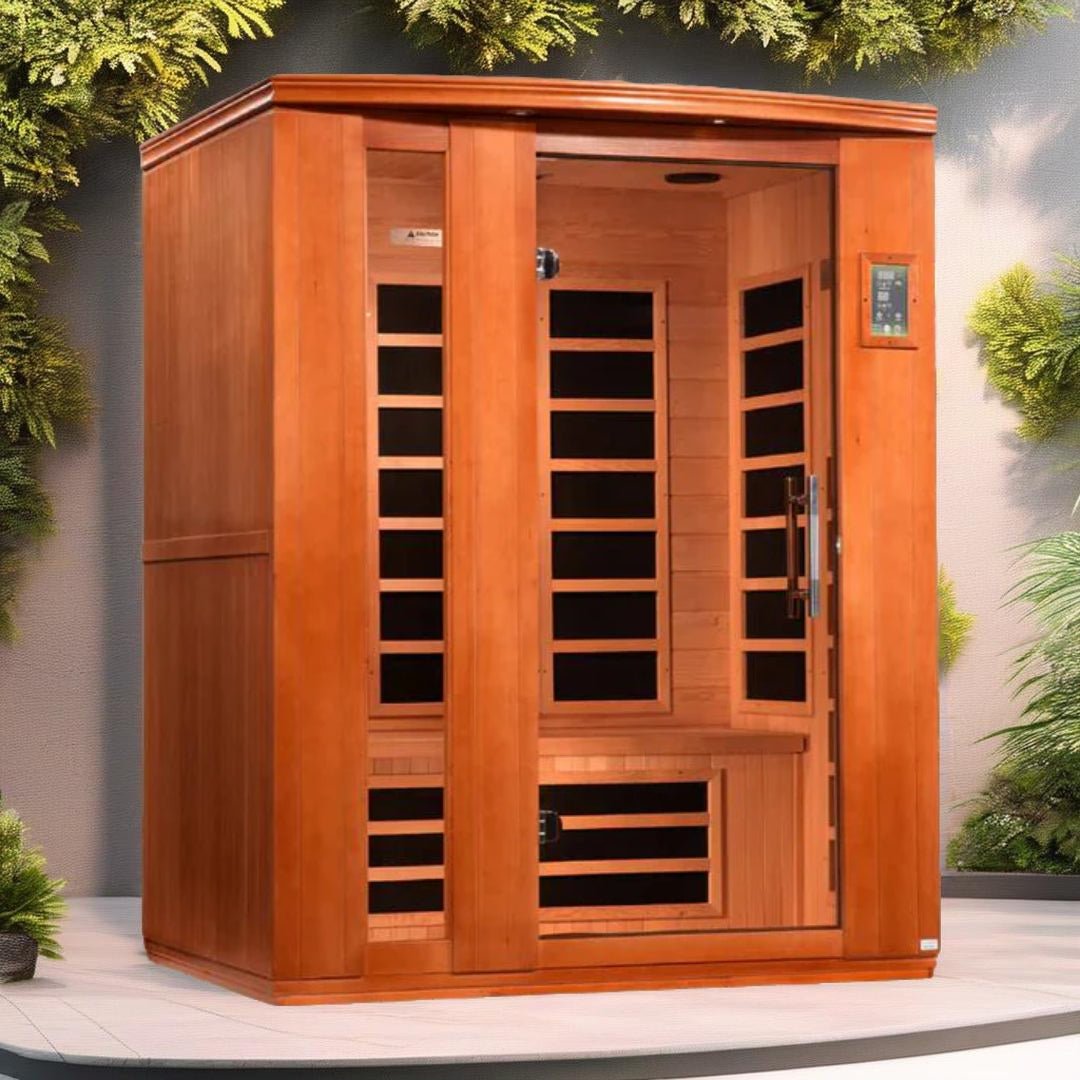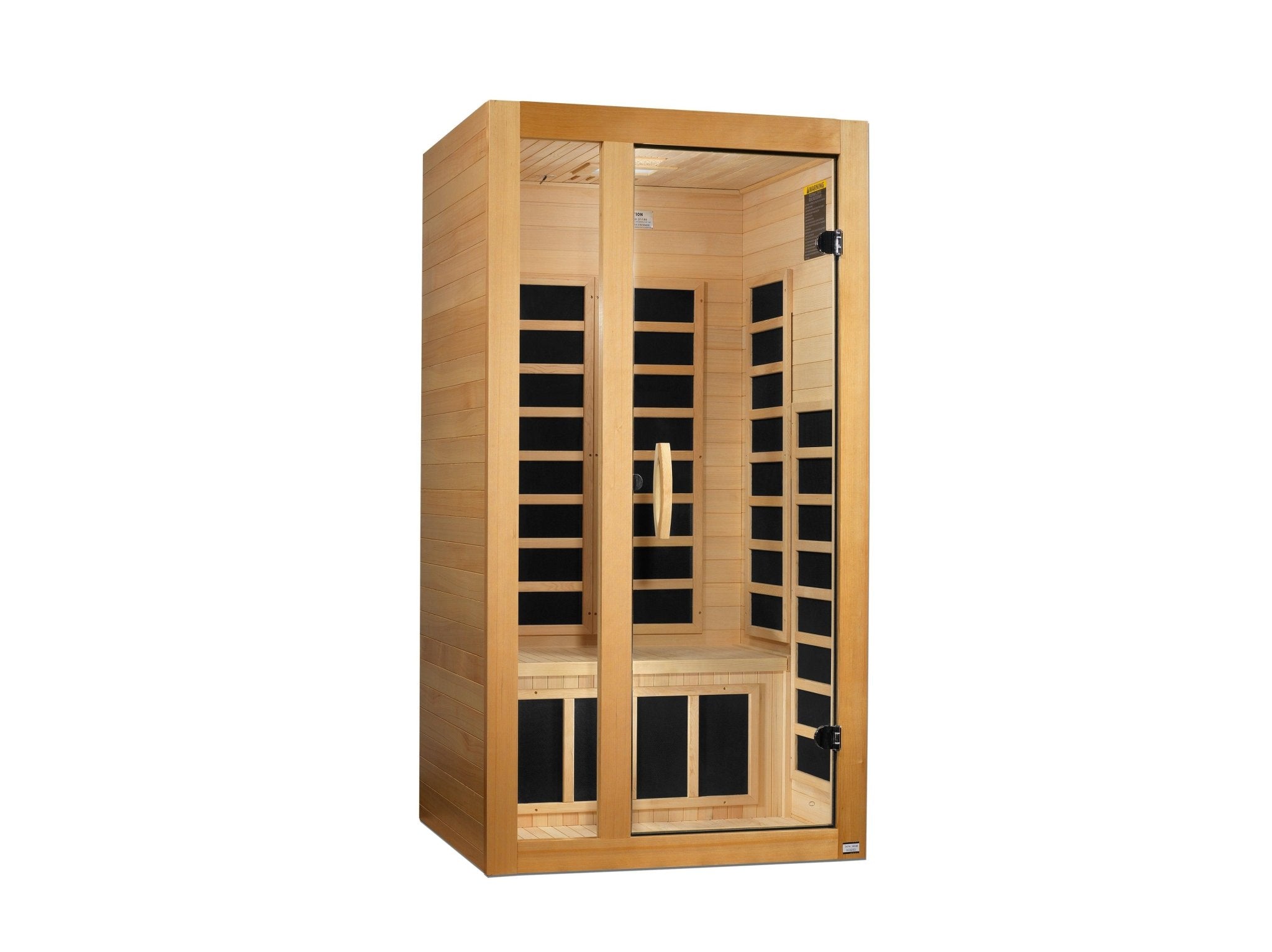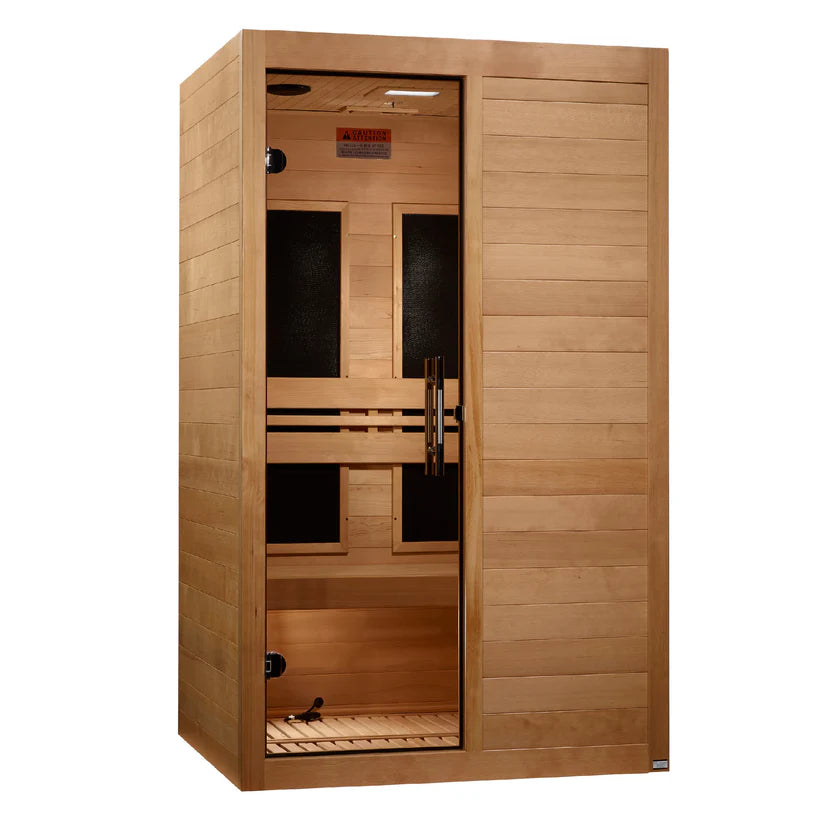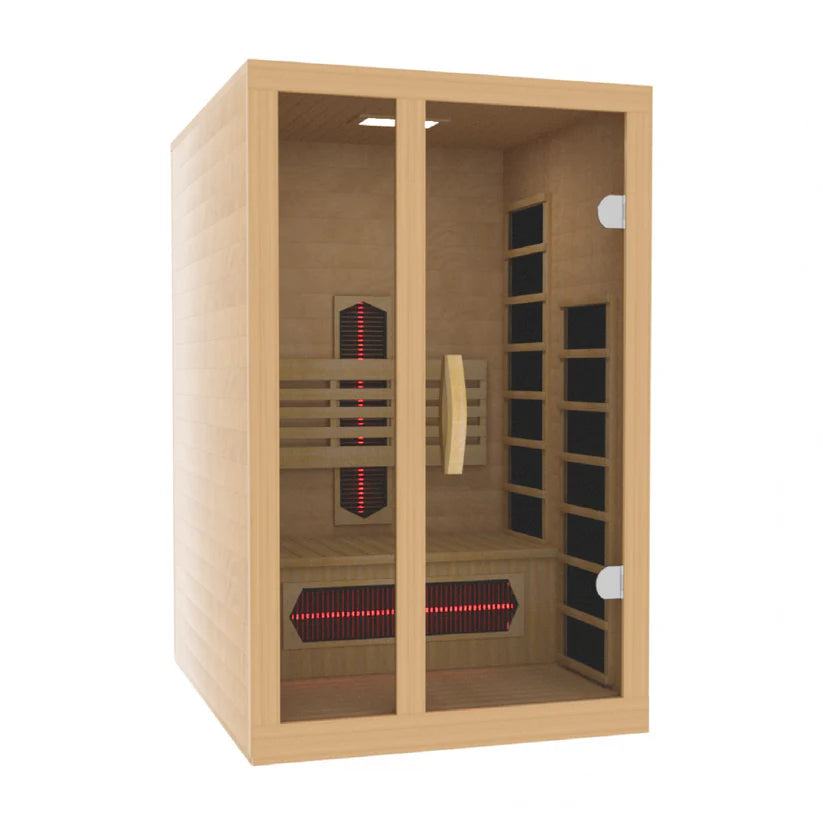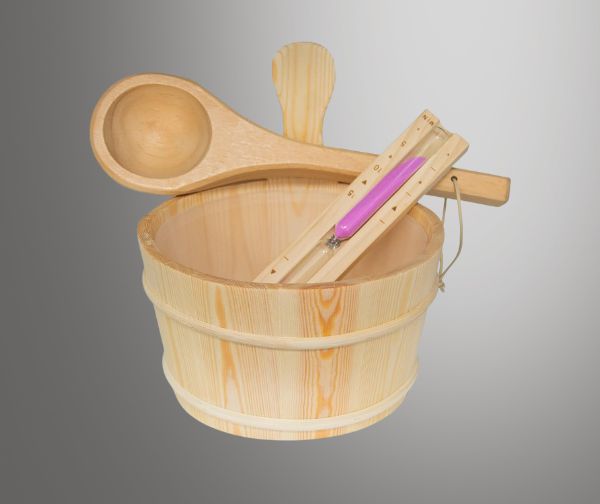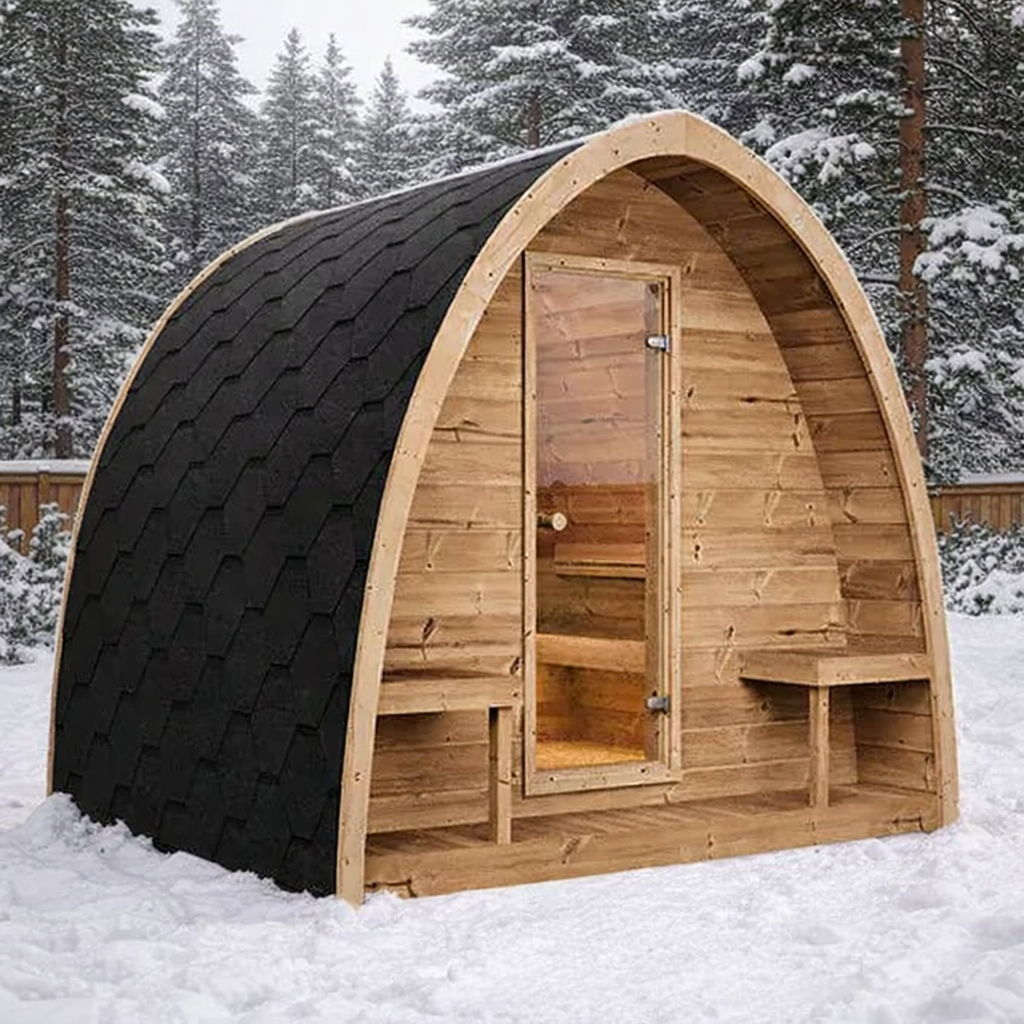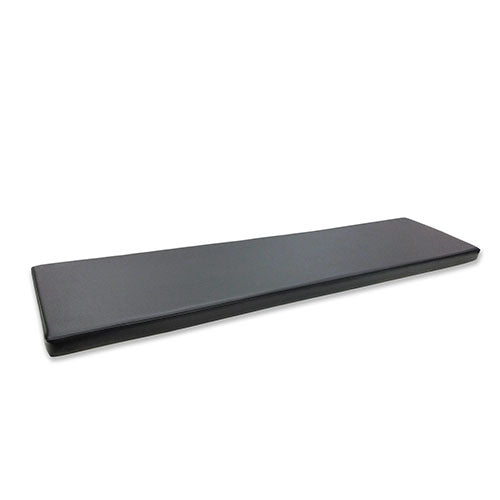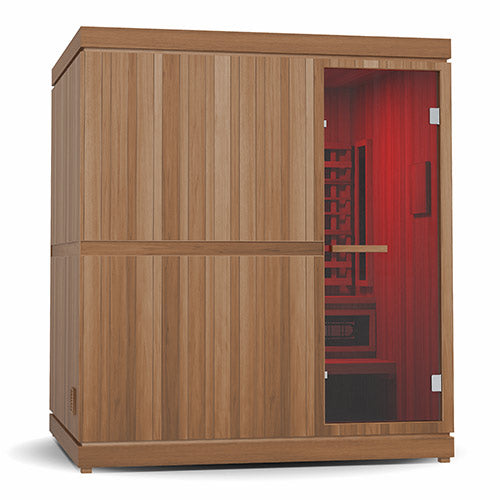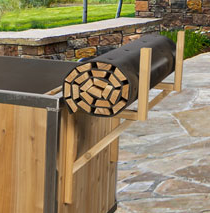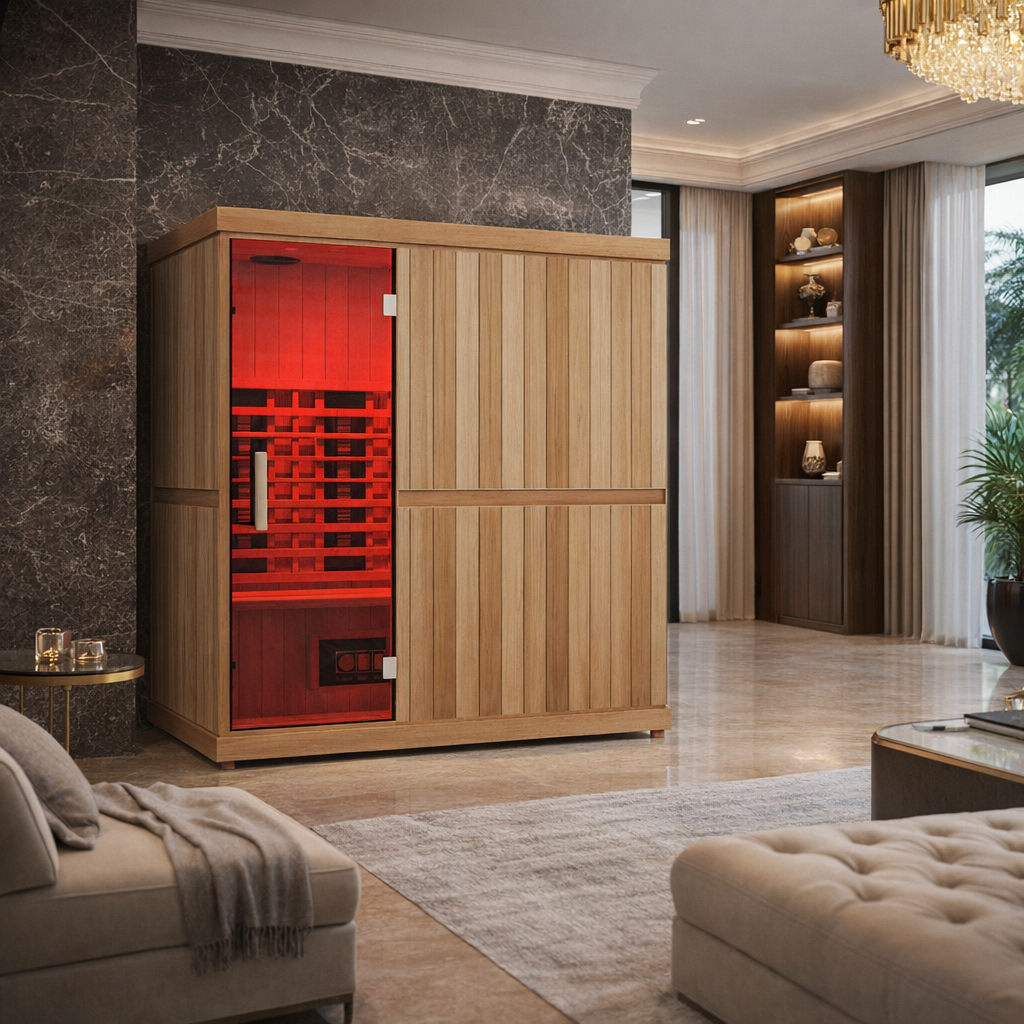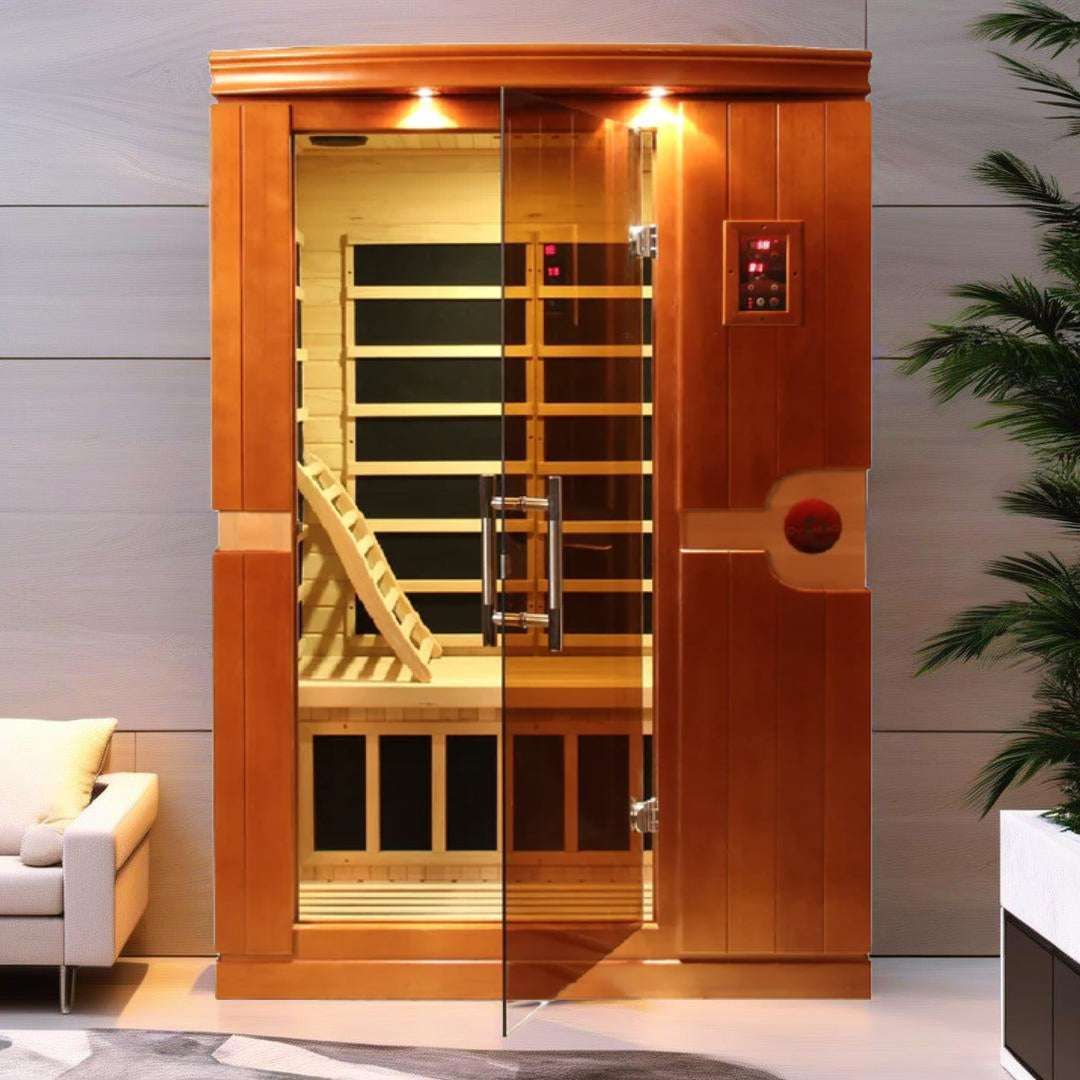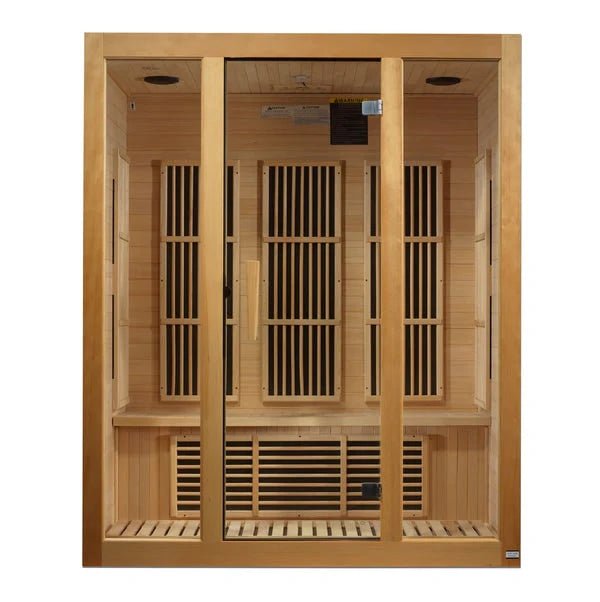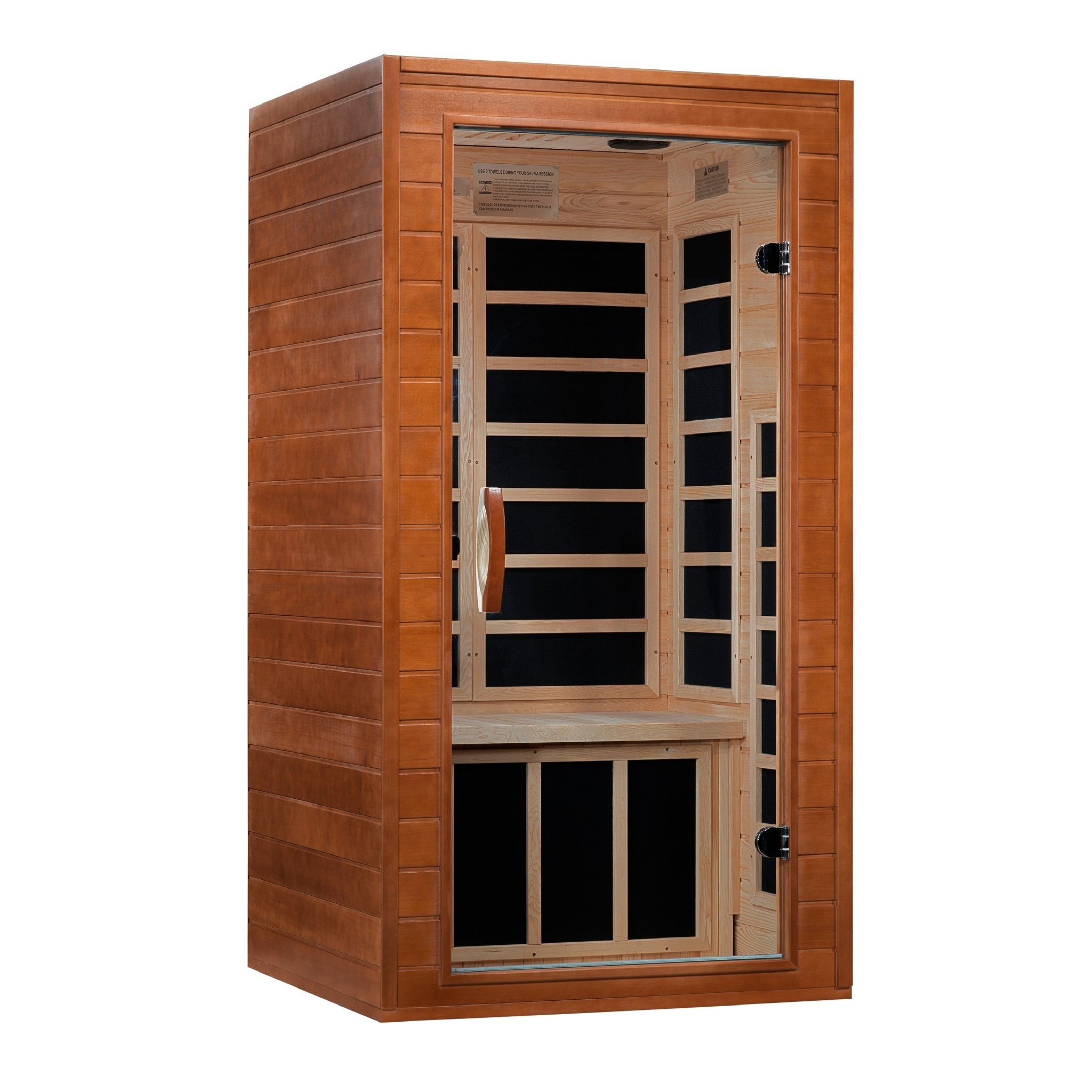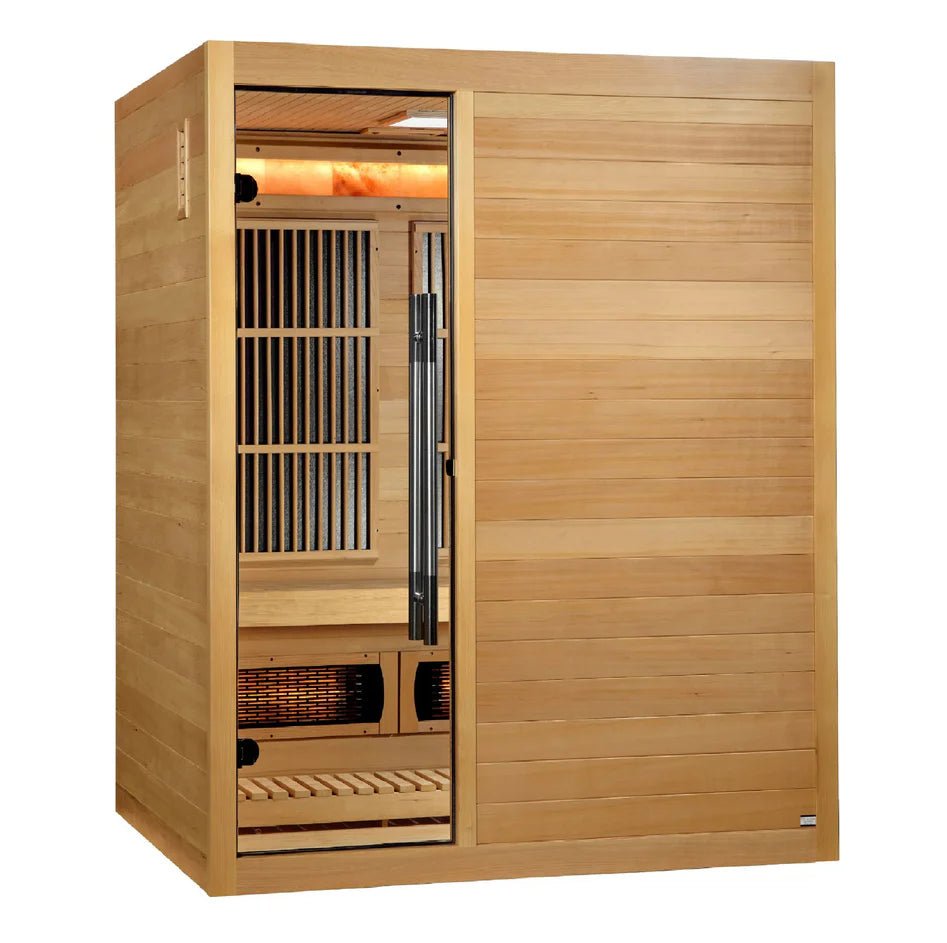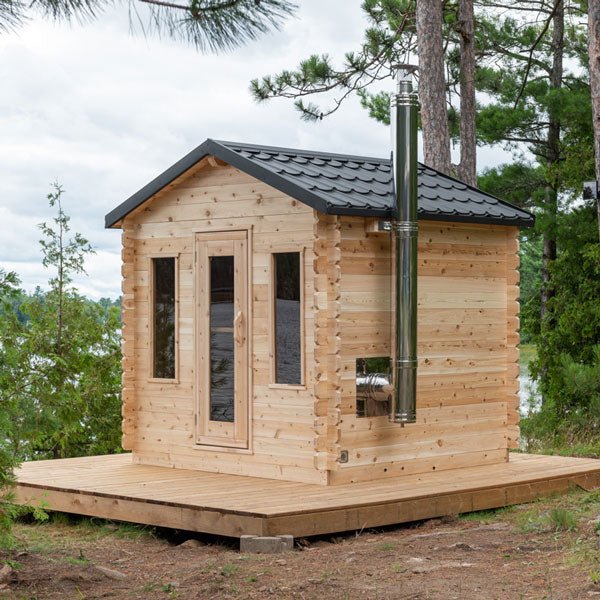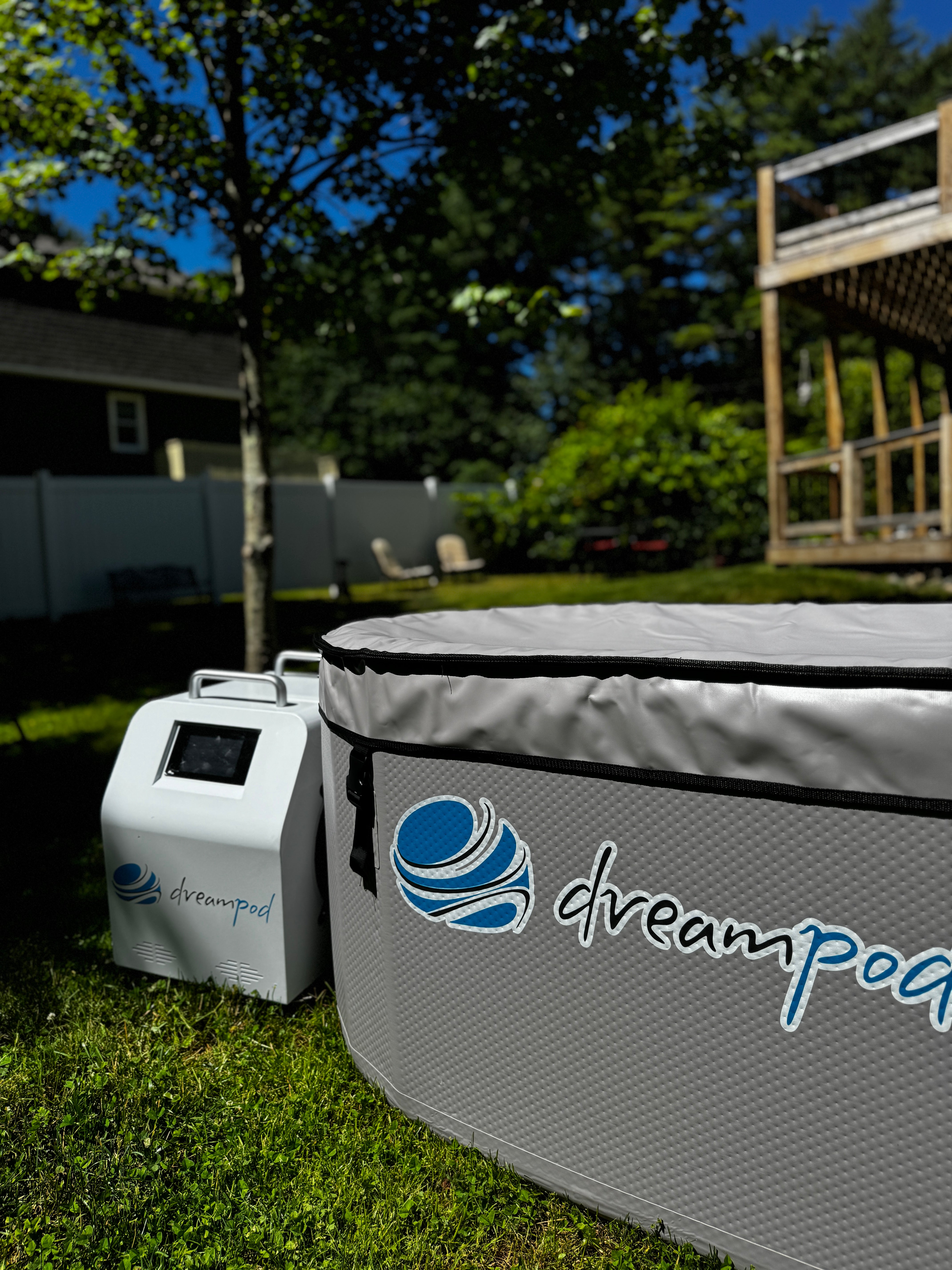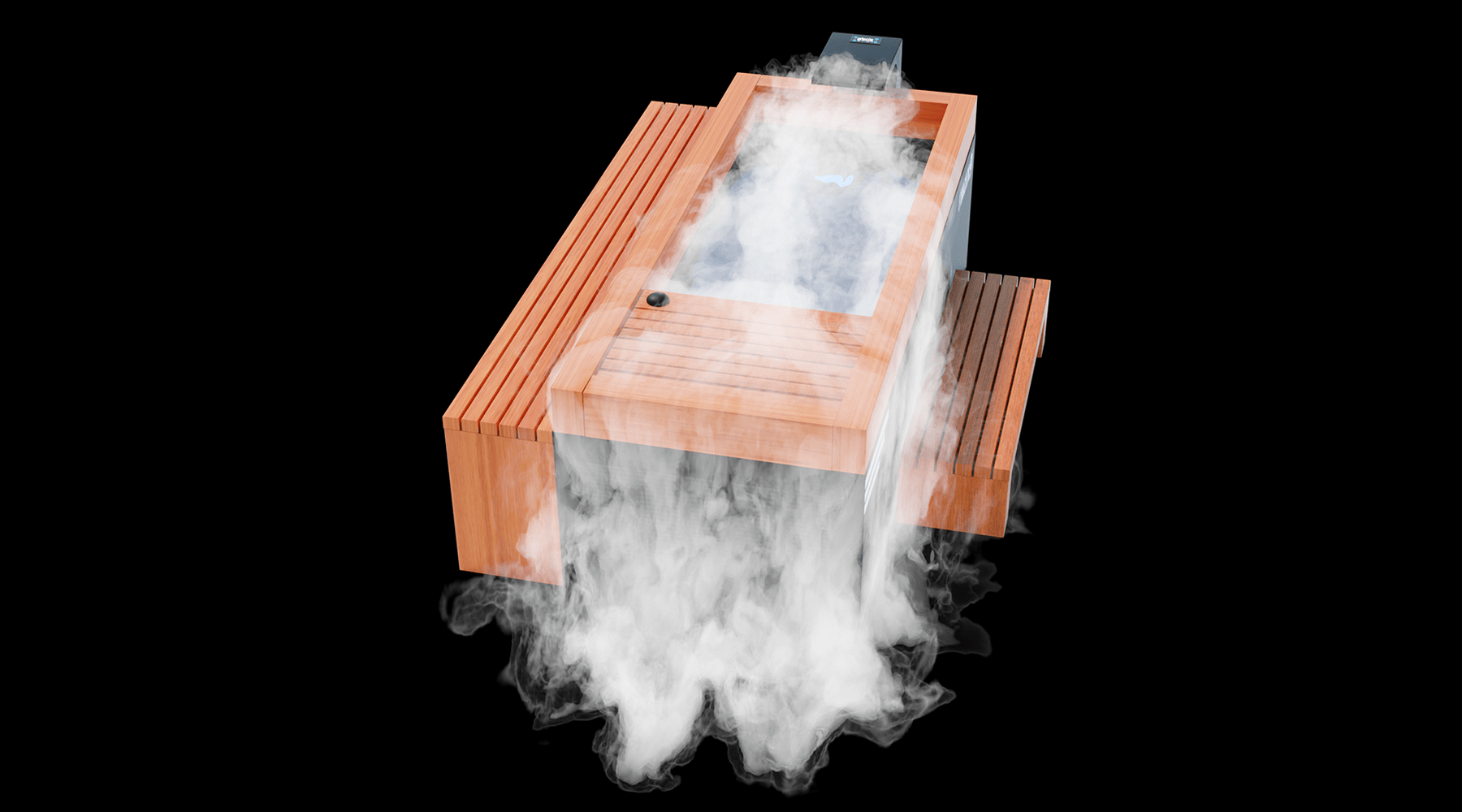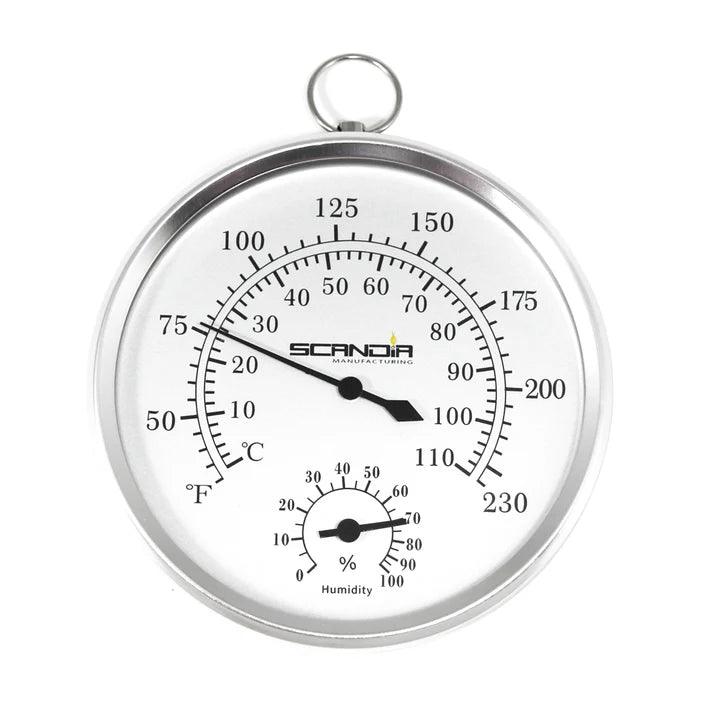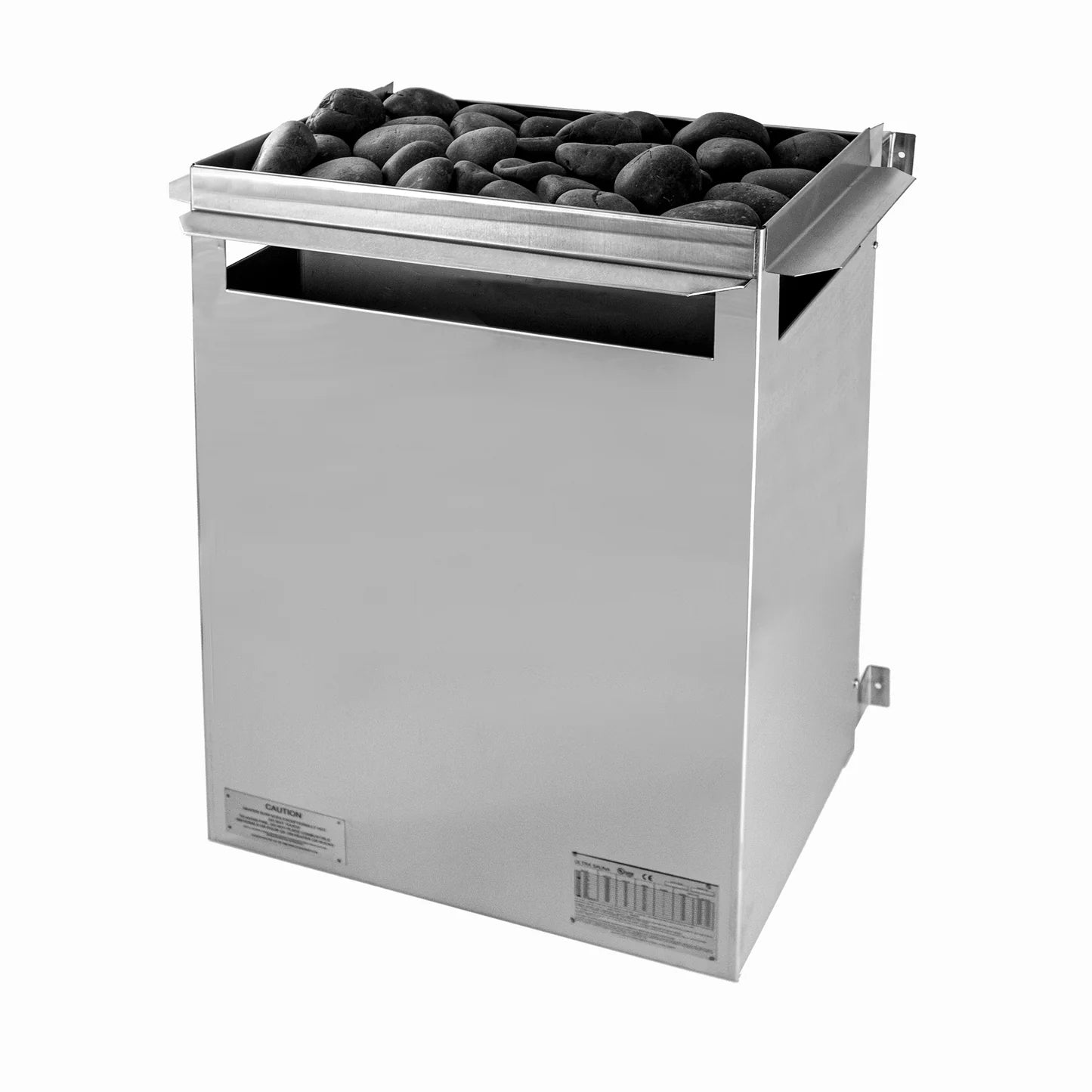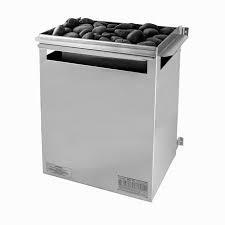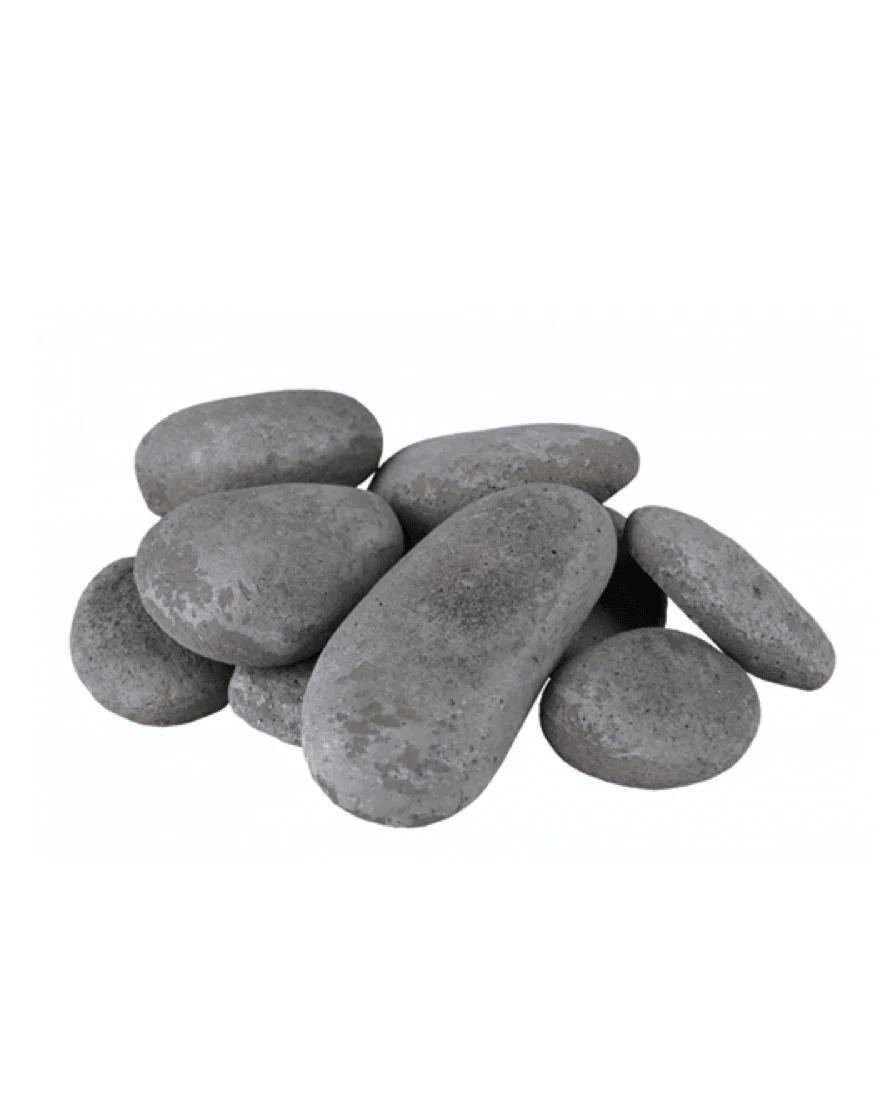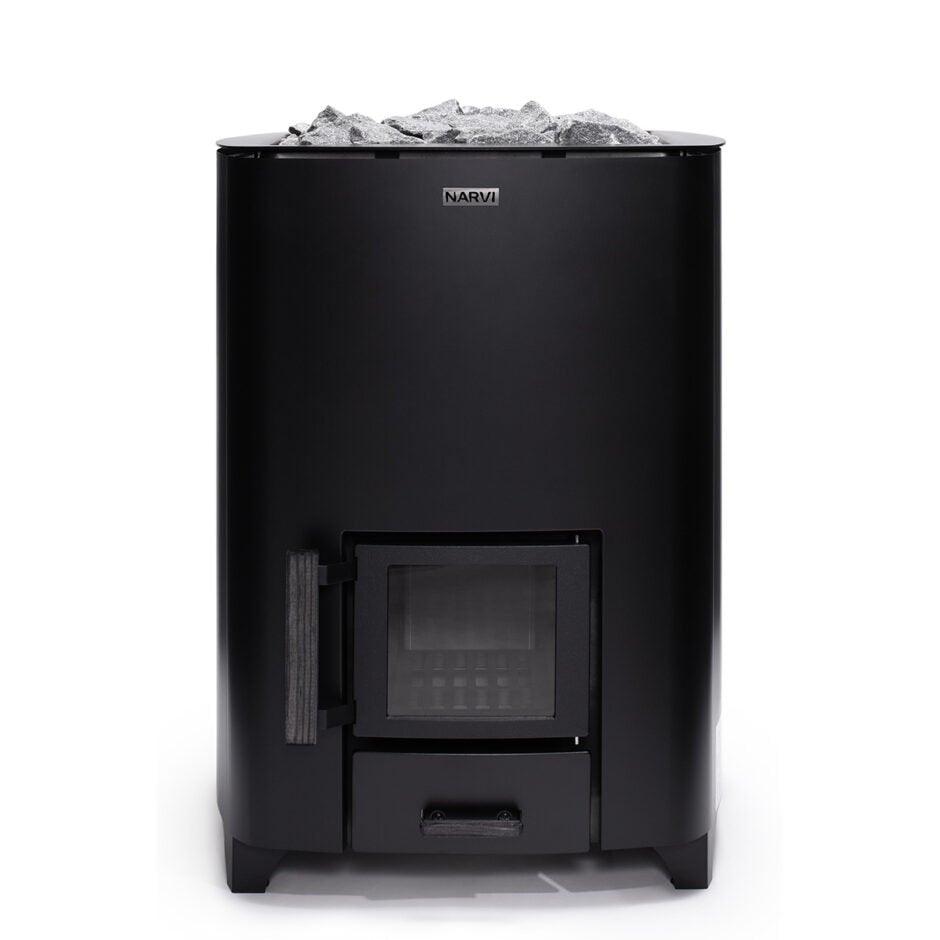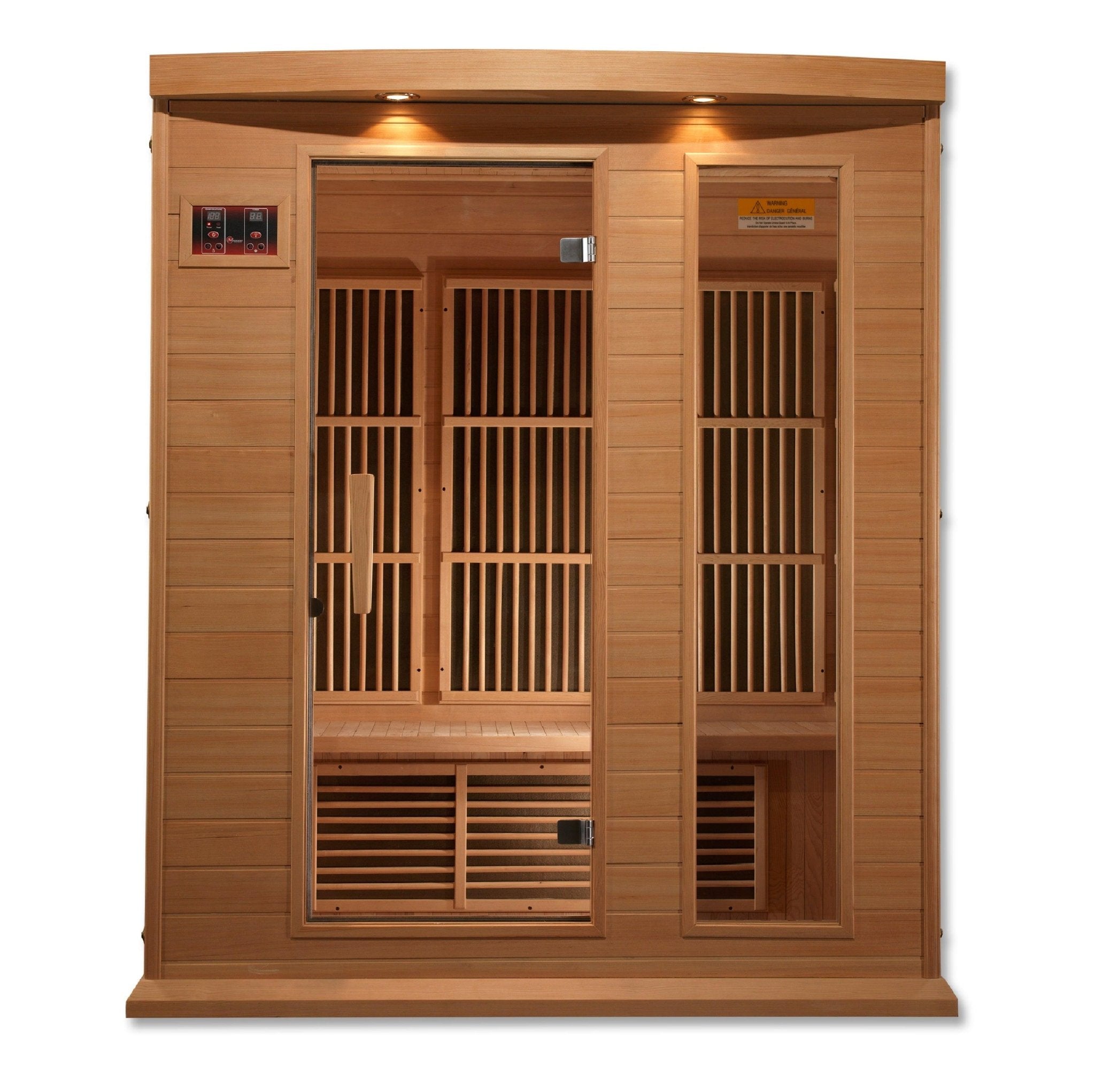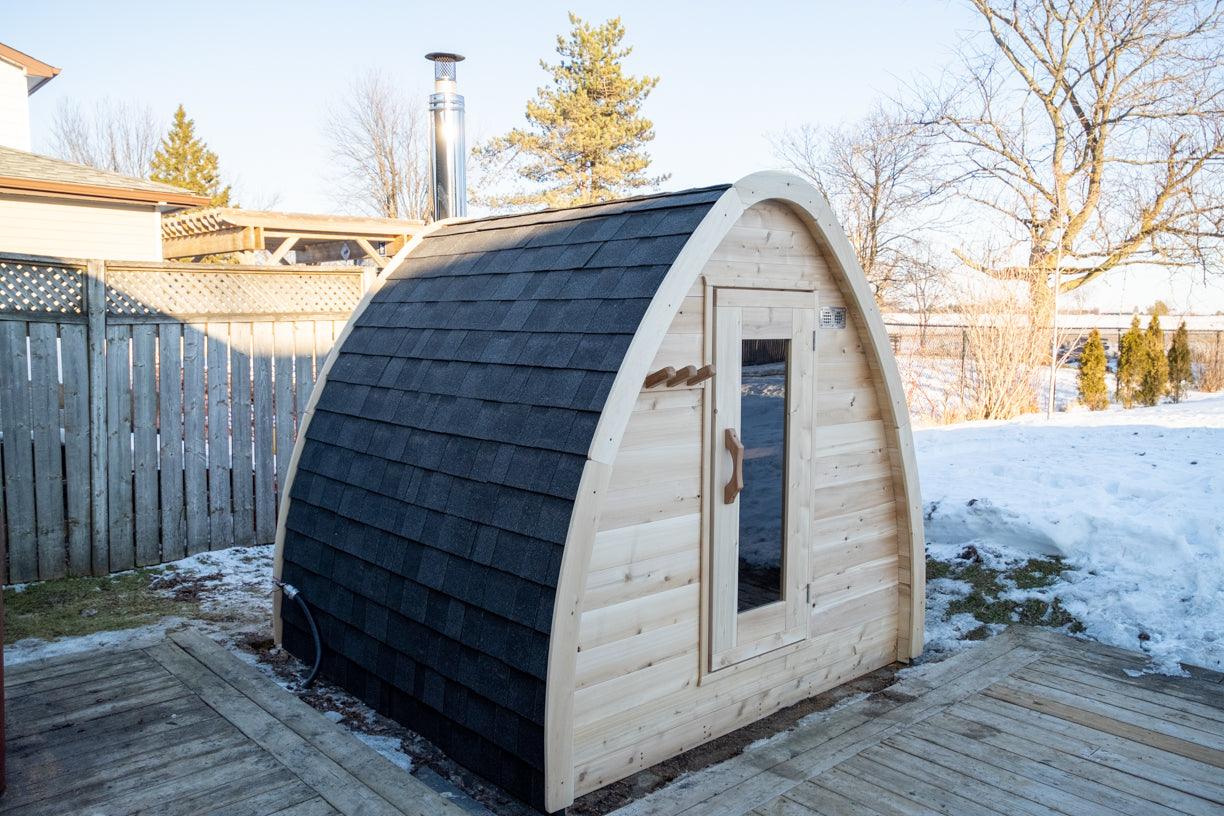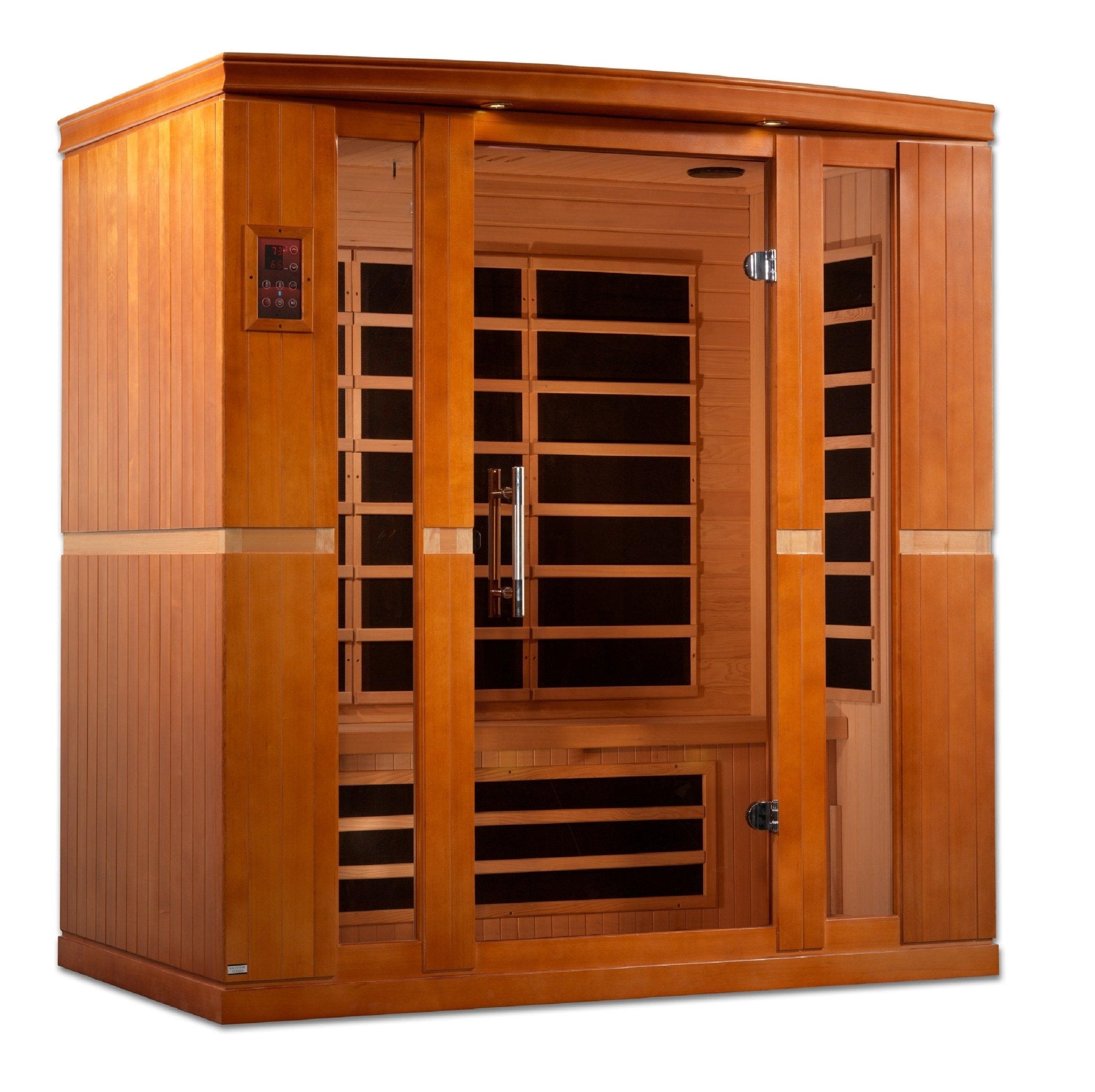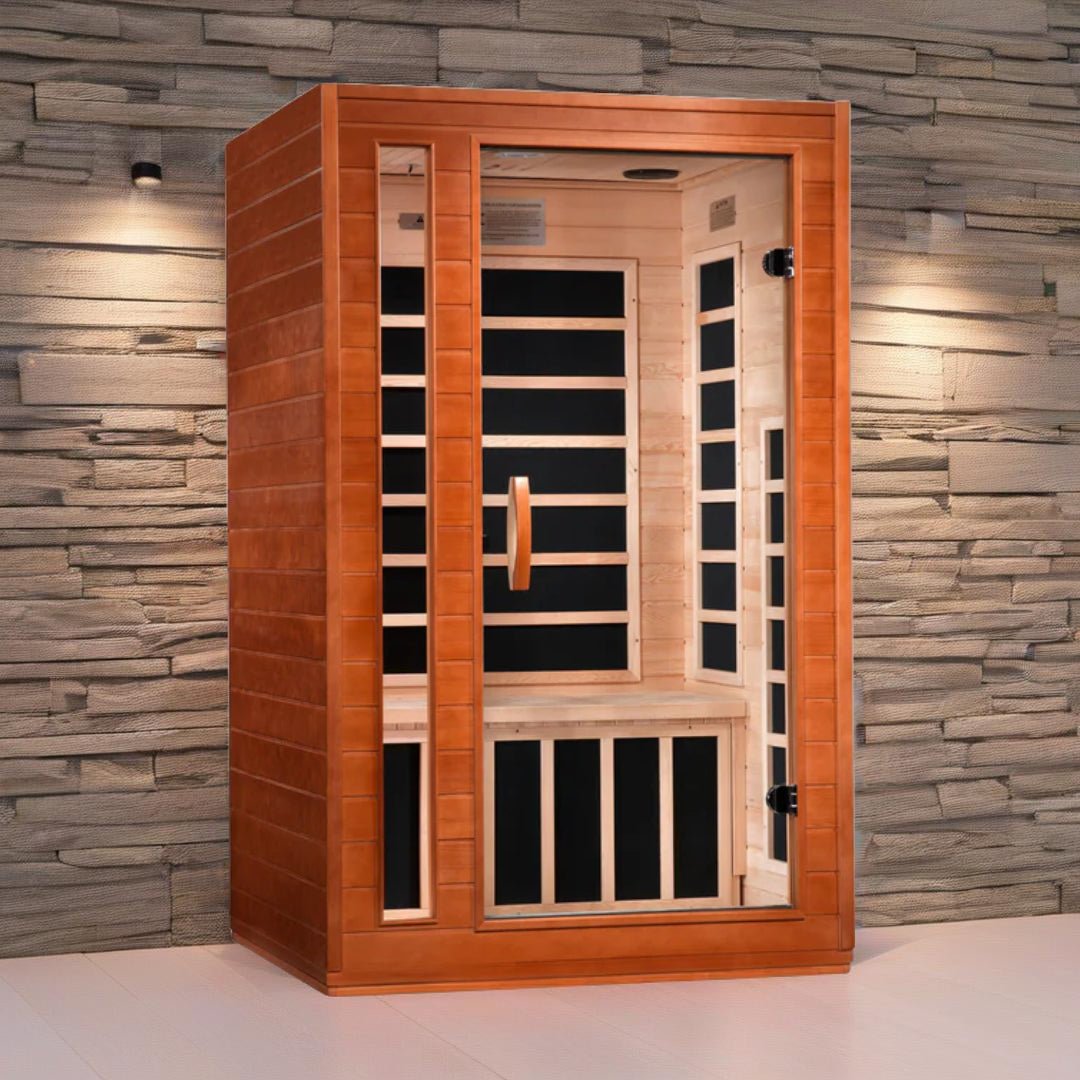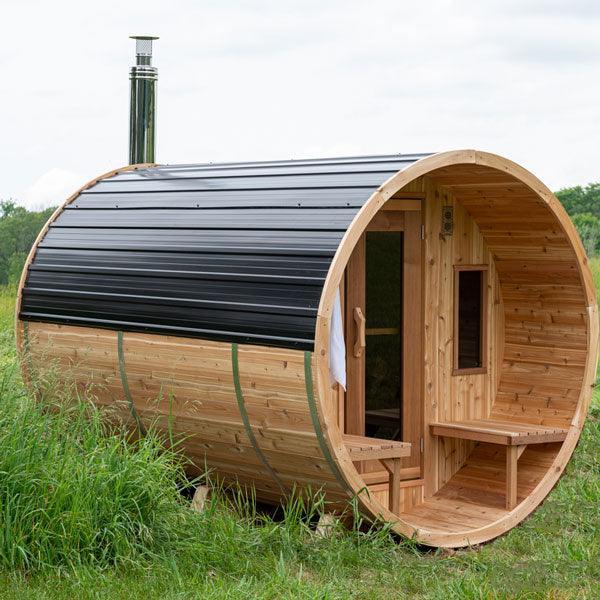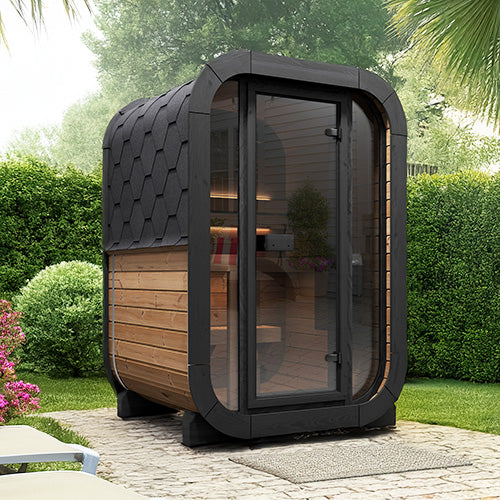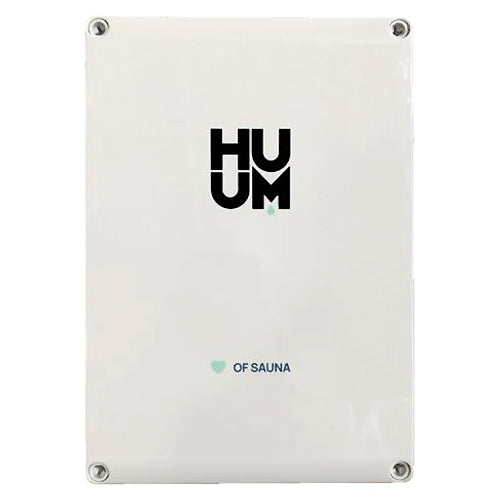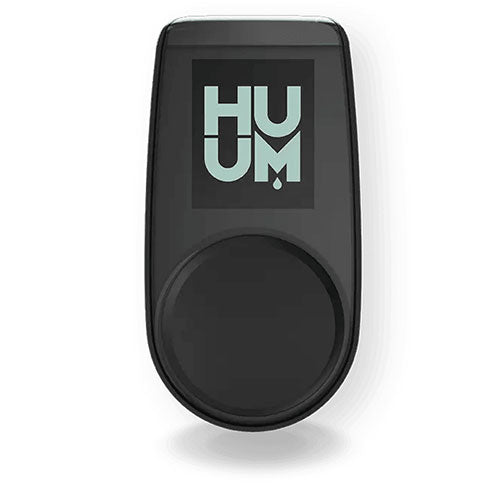
Optimizing Recovery: Mastering the Sauna and Cold Plunge Routine
The intricate dance between heat and cold has been a staple in therapeutic rituals for centuries, promoting healing, enhancing mental clarity, and fortifying physical health. This article delves into the science and art of integrating sauna sessions with cold plunges, a practice that can revolutionize your recovery process and boost overall wellness.
Understanding the Benefits of Sauna and Cold Plunge Routines
Both sauna and cold plunge therapies offer distinctive benefits. Saunas, typically heated between 150-195°F, encourage deep sweating, which helps eliminate toxins, relaxes muscles, and reduces stress. In contrast, cold plunges involve immersing yourself in water at temperatures around 50-59°F, immediately decreasing body temperature, reducing inflammation, and enhancing circulation.
1. Enhanced Muscle Recovery
Alternating between hot and cold environments can help reduce muscle soreness and speed up the recovery process. A study published in the Journal of Physiology highlighted that this routine significantly reduces inflammation and promotes cellular repair.
2. Boosted Immune System
The thermal shock from alternating hot and cold exposure stimulates the immune system, increasing the production of white blood cells and circulating levels of cytokines, which help the body fight off infections and diseases.
3. Improved Mental Health
Regular sauna and cold plunge routines have been linked to reduced symptoms of anxiety and depression. This is thought to be due to the increase in endorphins, the body's natural mood lifters, during these thermal therapies.
Establishing Your Sauna and Cold Plunge Routine
Creating a routine that balances sauna warmth and cold plunge therapy can seem daunting. Here is a step-by-step guide to crafting a routine that suits your needs and enhances your recovery.
Step 1: Prepare Your Body and Mind
Engage in light stretching or a gentle workout to warm up your muscles. This preparation ensures your body can handle the thermal stress more effectively.
Step 2: Begin with a Sauna Session
Start your routine with a 15-20 minute sauna session. This duration is optimal for enhancing blood flow and starting the detoxification process through sweating.
Step 3: Transition to a Cold Plunge
After your sauna session, immediately immerse yourself in a cold plunge for 3-5 minutes. This exposure to cold helps constrict blood vessels and flush toxins and waste products out of your tissues.
Step 4: Repeat the Cycle
For best results, alternate between the sauna and cold plunge two to three times. Allow your body to fully adjust to the temperature shifts to maximize the benefits.
Step 5: Rest and Hydrate
Following your session, take time to rest and hydrate. Drinking water replenishes fluids lost through sweating and supports overall recovery.
What Does Research Say?
According to research by the Scandinavian Journal of Medicine & Science in Sports, athletes who incorporated post-workout sauna sessions followed by cold plunges reported a 40% reduction in muscle soreness compared to those who did not use these modalities.
Incorporating Additional Wellness Practices
Integrating other recovery methods, such as massage therapy and floatation therapy, can further enhance the benefits of your sauna and cold plunge routine. These practices can help reduce stress, improve circulation, and accelerate recovery.
Final Thoughts
Embracing a sauna and cold plunge routine can be a game-changer for your recovery and overall health. Both scientifically backed and time-tested, this holistic approach not only alleviates physical pain but also rejuvenates the mind and spirit. Start incorporating these therapies into your wellness routine today, and experience the profound benefits firsthand.
Looking to start your sauna and cold plunge journey? Check out our extensive collections and find what best suits your needs within our wellness resources at In House Wellness.
View More Articles